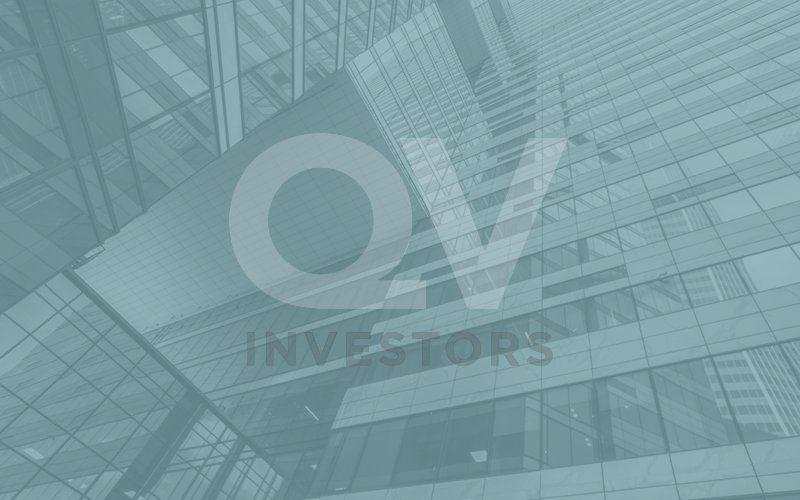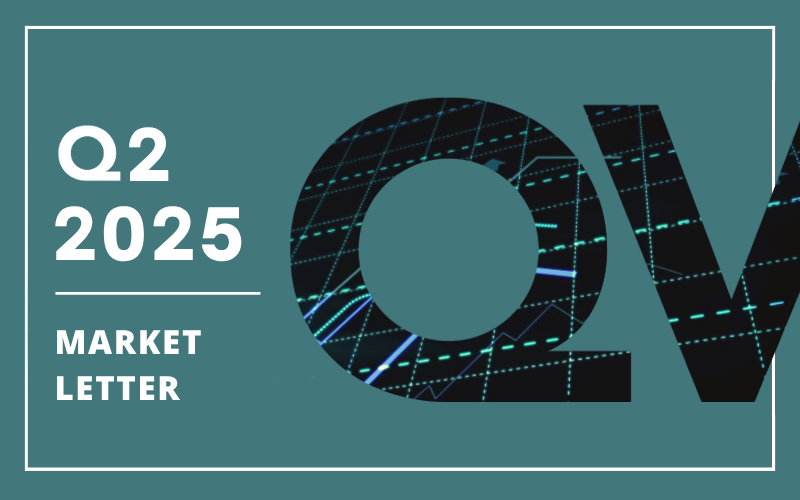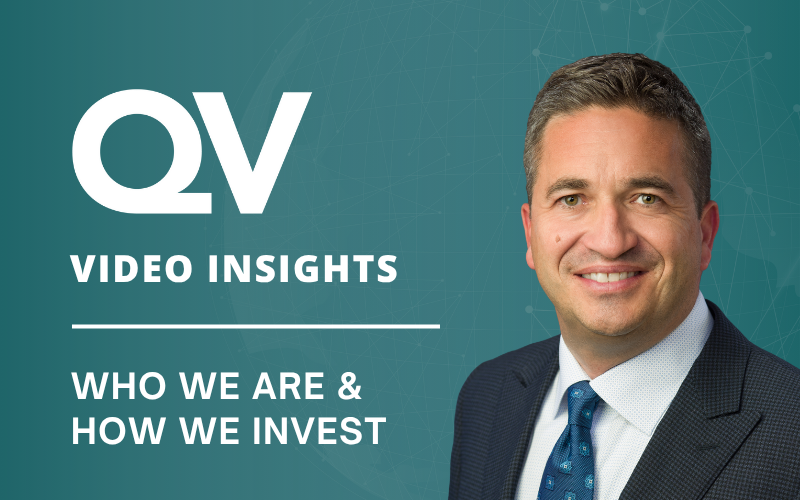QV celebrated its twenty-third birthday this past Monday. After paying our respects to those in the armed forces, past and present, we reflected on QV’s history. This week we celebrated our remarkable leaders, our incredible employees and, most importantly, our loyal clients – thank you for helping to shape QV. We have one of our earliest clients to thank for suggesting that we write this weekly letter, which continues to be one of our most valuable communication tools.
This week we are reminded of our founding principles – Quality and Value. These principles define our investment process and have helped us generate attractive risk-adjusted returns for our clients over the long term. However, we understand that our value-driven investing style has been frustrating in recent periods, underperforming relative to more growth-oriented strategies. Even with the strength we have seen year-to-date across our funds, most of our strategies are still lagging their respective benchmarks, except for the Income Fund and the Canadian Small Cap strategy. We understand relative underperformance does not feel very good in the moment, even for those who recognize the long-term benefits to such a strategy.
In his book, The Behavioral Investor, Daniel Crosby describes how sometimes value investing can feel quite isolating and counterintuitive in the current environment. He cites a social experiment involving a game of catch, where one player is unknowingly and intentionally excluded from receiving the ball after a period of inclusion. In short, researchers found that exclusion generated activity in the parts of the brain that signal physical pain. Value investing requires you to zig when everyone else is zagging – Crosby likens it to the feeling of not getting the ball thrown to you. Given our weaker relative performance over the past several years, we can relate to this. So, one might wonder – when will it be our turn for the ball?
We have actually seen signs of a rotation into value stocks recently. The calming of trade tensions between China and the US has improved the outlook for global growth, causing bond yield curves to steepen – all good things for our funds. Whether this trend will remain is uncertain.
For now, we’ll take it. However, despite these more positive developments, we are not advocating for material increases to our balanced clients’ equity allocations. We still have reason to exercise caution, given the late cycle risks that remain.
One such risk is that of a market “melt-up” – when the performance of an asset class unexpectedly improves due to an influx of investors wanting to get in on the action for fear of missing out on the rally. Some highly respected industry experts have expressed that a melt-up may be on the horizon, and positive trade news along with continued accommodative monetary policy could further fuel this risk. The real risk is that market gains created by such a mania may push markets into bubble territory. Melt-ups often precede market meltdowns if underlying earnings are not able to keep pace. This scenario occurred in the late ’90’s, paving the way for the Dot-com bubble, which ultimately crashed in the early 2000’s.
We cannot be certain of the timing, magnitude or duration of any such market aberration. Plus, not all bubbles burst. According to Crosby, out of 40 bubbles (defined as a 100% run up in price in two years or less) between 1928 to present day, only a slight majority burst. However, for those that did burst, quick and pervasive damage ensued. Further, the magnitude of each crash was very much proportionate to the size of the preceding melt-up. Bubbles are very hard to spot with foresight, which is why we must take each headline with a grain of salt. We have learned that what is positive today could be undone tomorrow with a simple ‘tweet’. Keeping disciplined to our abiding principles helps us navigate through the noise that can easily be so distracting at times.
Our goal is to keep our clients invested to the degree that they are willing to assume risk. In this manner, our clients will participate in positive markets to the extent that the underlying fundamentals make sense, while avoiding the risk of becoming forced sellers at inopportune times. We trust that the alternative – chasing positive returns with little regard for risk – may cause much more physical pain than not having the ball passed our way in the short term.




